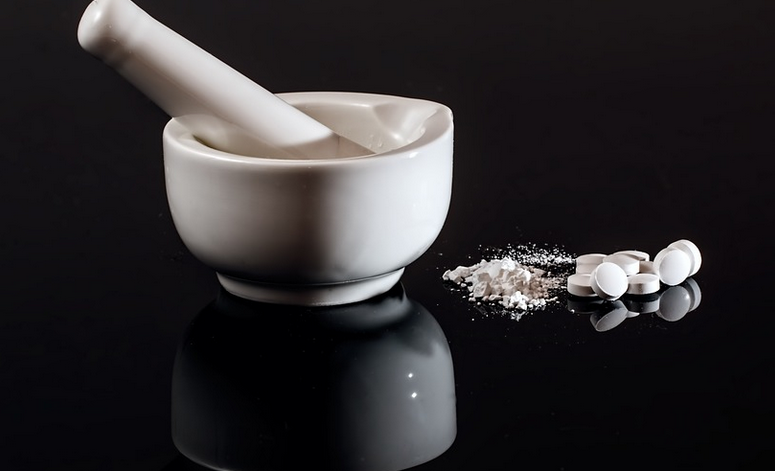Introduction
The salt spray test is a common method used to evaluate the corrosion resistance of coated metal surfaces. It involves exposing the coated surface to a salt solution for a specified period and then observing the degree of corrosion. Interpreting the test results can be challenging, but this article aims to provide you with a guide on how to interpret salt spray test results.
Factors Affecting Salt Spray Test Results
Several factors can influence the outcome of a salt spray test, including the type of coating, the coating thickness, the substrate material, and the test conditions. It is essential to consider these factors when interpreting salt spray test results.
Type of Coating
The type of coating used can affect the performance of the salt spray test. For example, some coatings may be more resistant to corrosion than others, making them perform better in the test. It is crucial to understand the properties of the coating being tested to interpret the results accurately.
Coating Thickness
The thickness of the coating can also affect the test results. A thicker coating may be more resistant to corrosion, leading to better test results. However, a thick coating may also be more prone to cracking and flaking, which can affect the test results negatively.
Substrate Material
The substrate material used can also influence the outcome of the salt spray test. Different metals have varying degrees of resistance to corrosion, and this can affect the test results. It is important to consider the substrate material when interpreting the test results.
Test Conditions
The test conditions, such as the temperature and humidity, can also affect the salt spray test results. The test conditions should be standardized and controlled to ensure accurate and reproducible results.
Interpreting Salt Spray Test Results
Interpreting salt spray test results involves assessing the degree of corrosion observed on the coated surface. The degree of corrosion is usually rated using a corrosion rating scale, which ranges from 1 to 10, with 1 being the least amount of corrosion and 10 being the most severe corrosion.
Rating Scale
The following is a typical corrosion rating scale used in salt spray testing:
1. No corrosion
2. Very slight corrosion (few spots)
3. Slight corrosion (small clusters of spots)
4. Moderate corrosion (larger clusters of spots)
5. Severe corrosion (coating begins to flake)
6. Very severe corrosion (coating flakes off in patches)
7. Excessive corrosion (coating completely flakes off)
8. Corrosion spreads beyond scribe
9. Corrosion spreads beyond panel
10. Complete failure
Acceptance Criteria
The acceptance criteria for salt spray testing depend on the application and the industry standards. In general, a coating that achieves a rating of 8 or higher is considered acceptable for most applications. However, some industries may require a higher rating for more severe environments.
Conclusion
Interpreting salt spray test results can be challenging, but understanding the factors that affect the test results and using a corrosion rating scale can help you interpret them accurately. It is also essential to consider the acceptance criteria for your specific application and industry standards.

